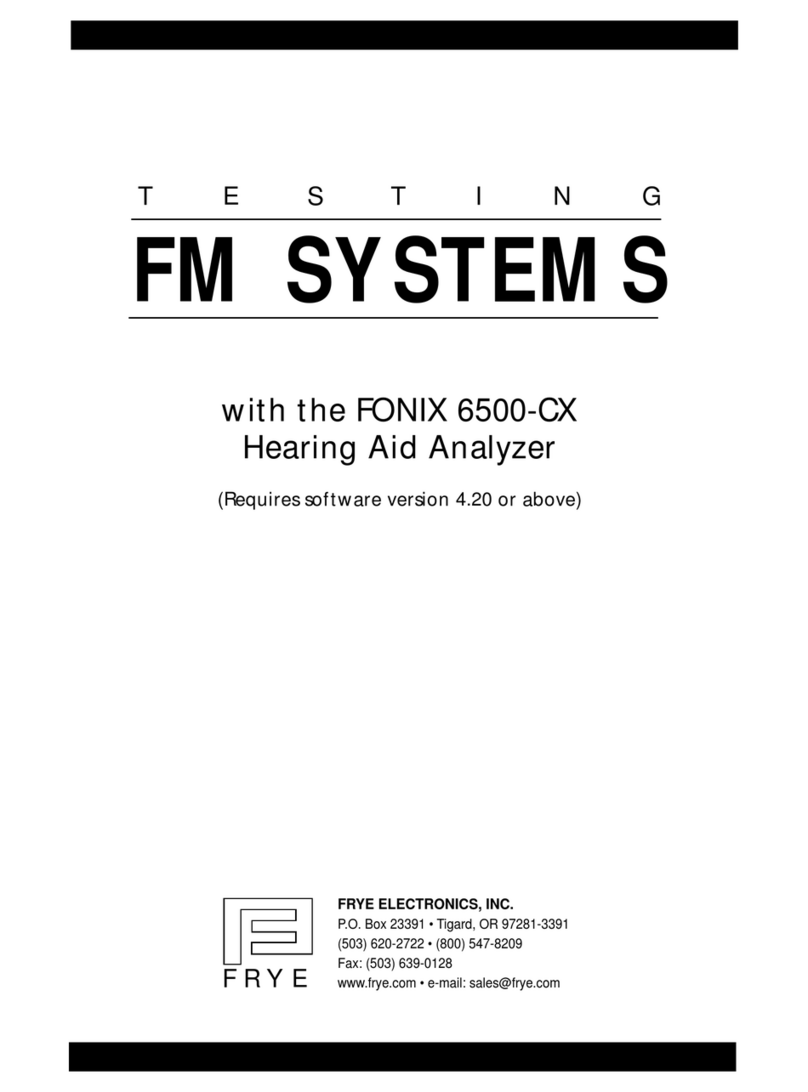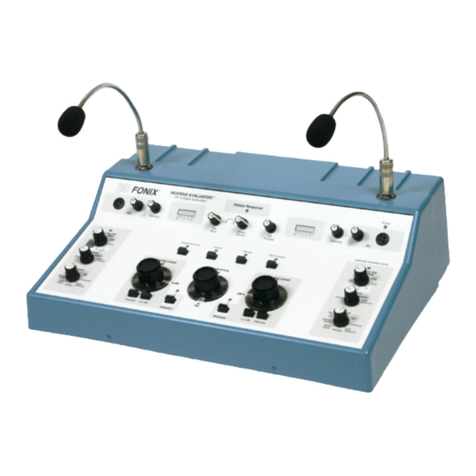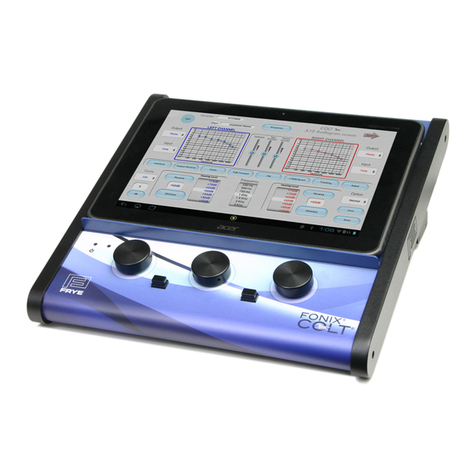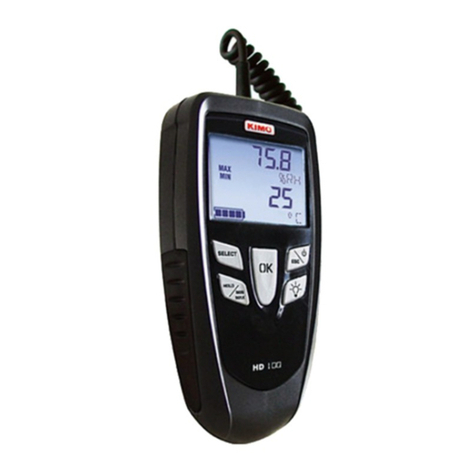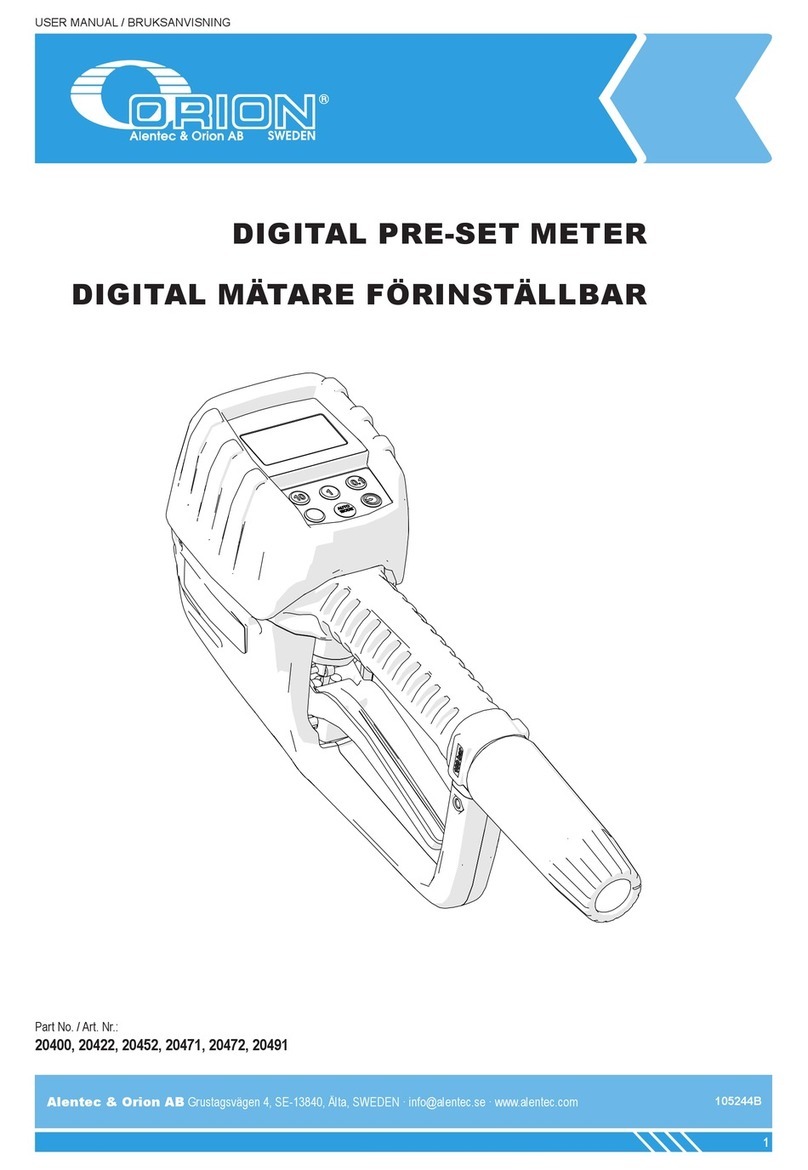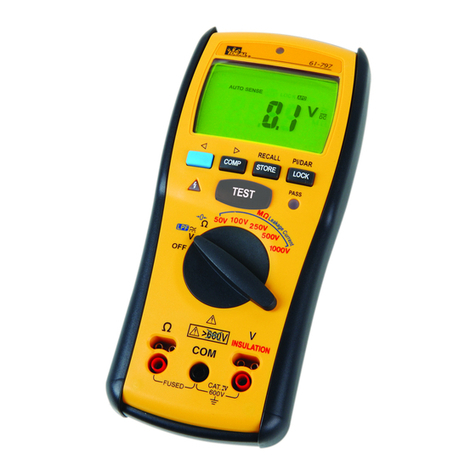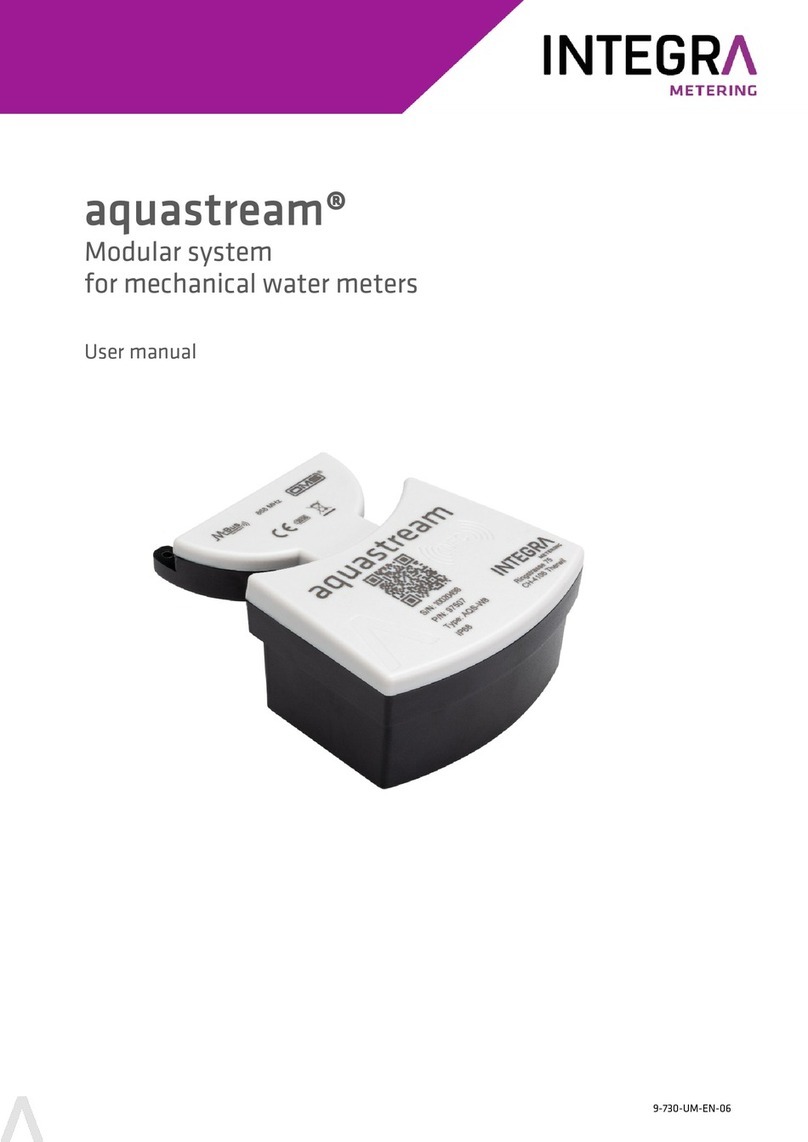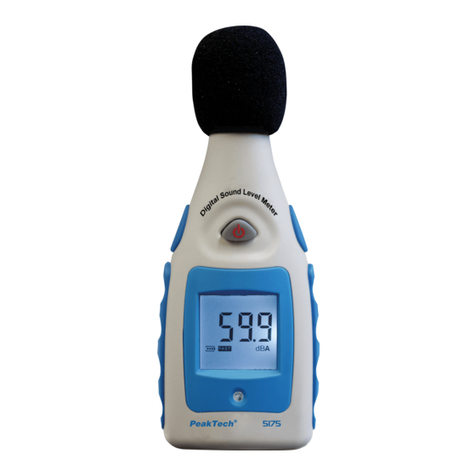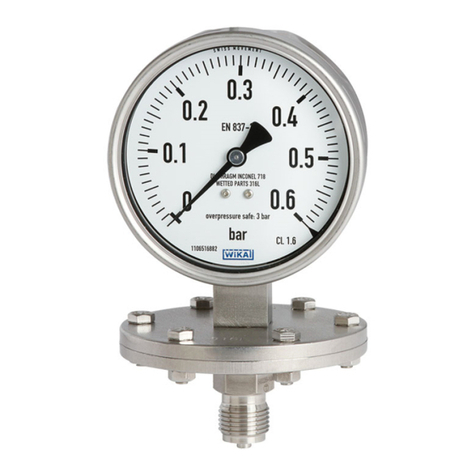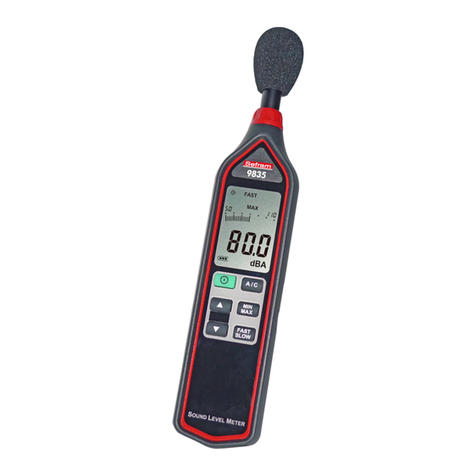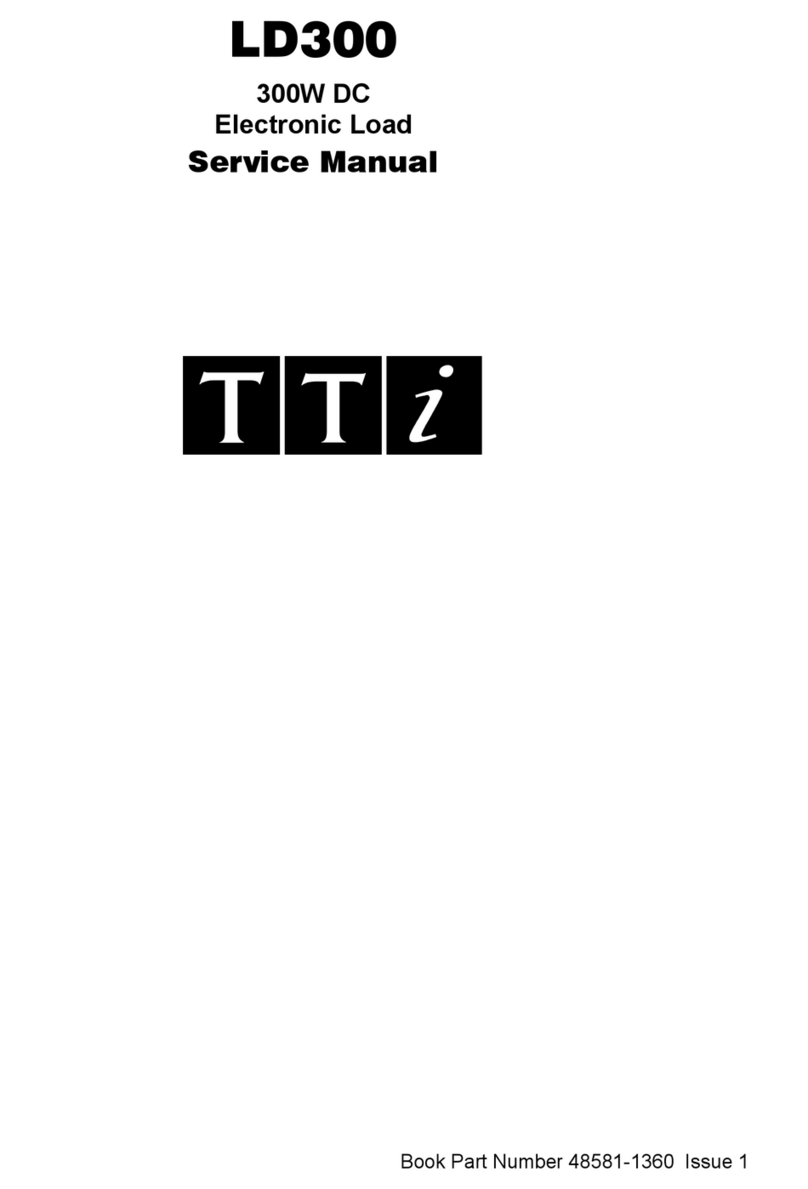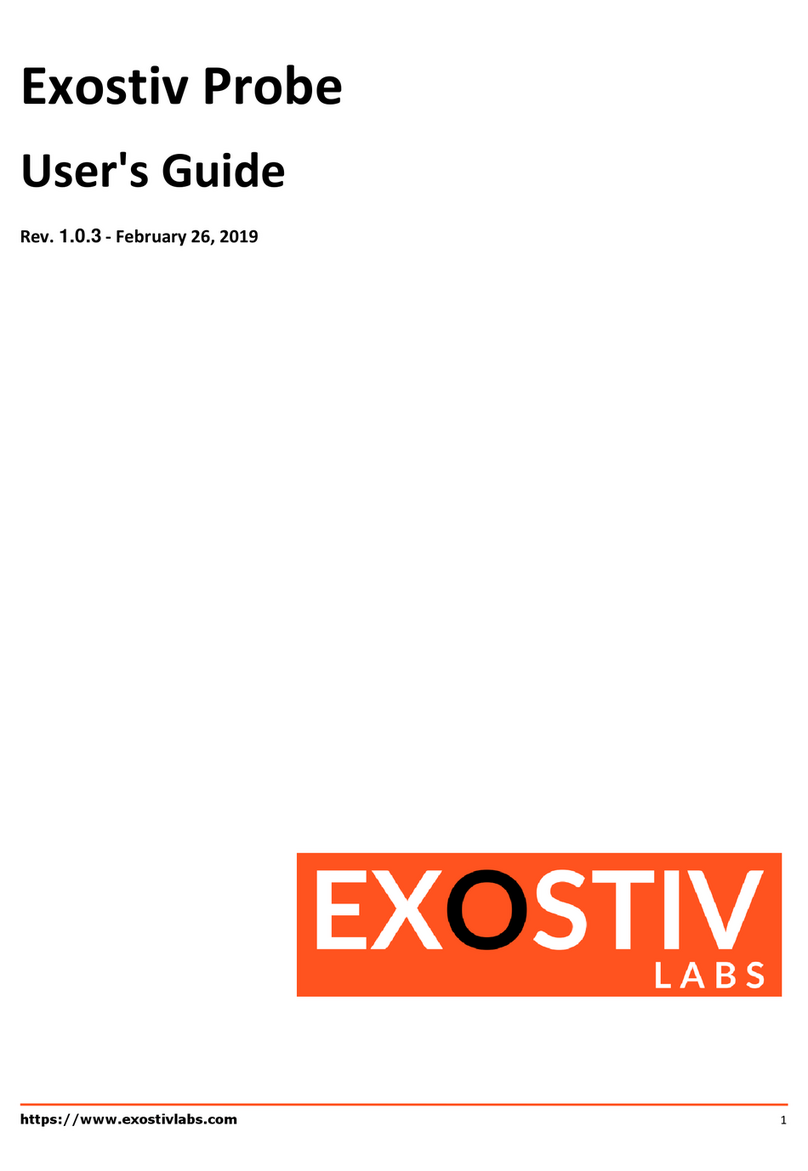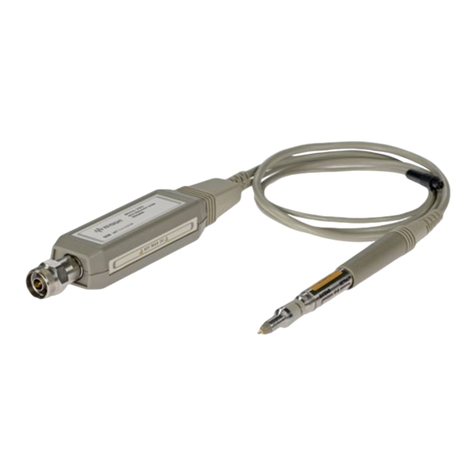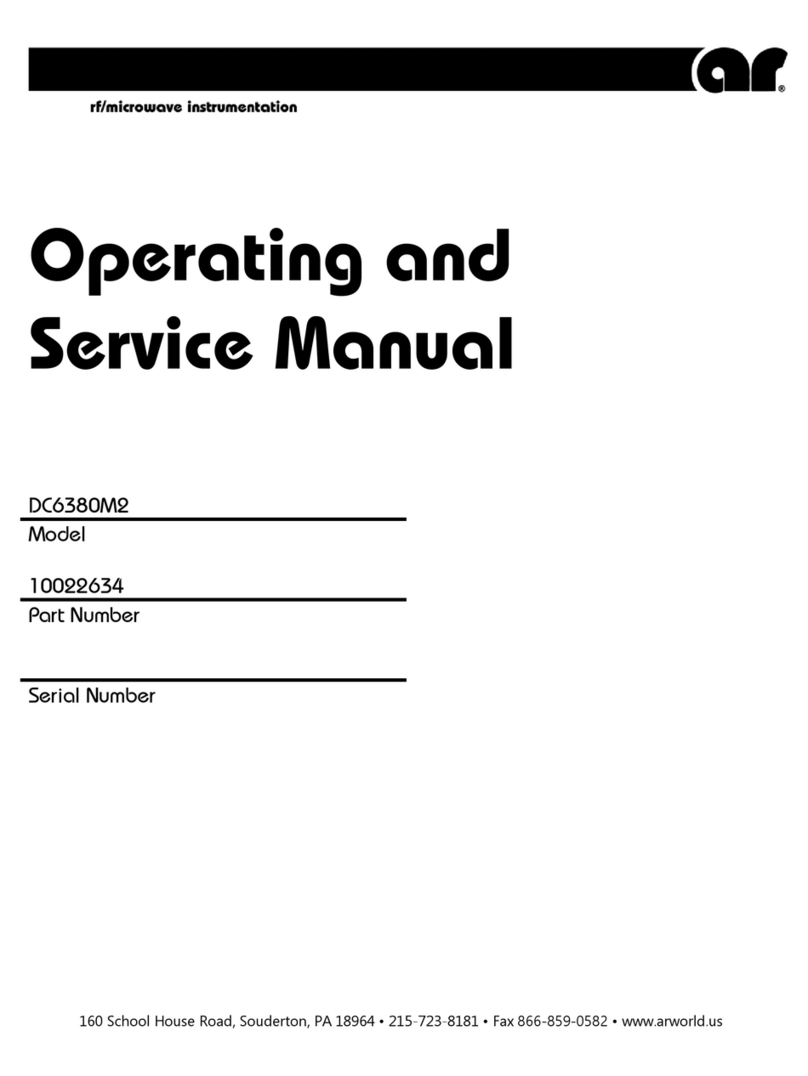Frye FONIX COLT User manual

MAINTENANCE MANUAL
April 23, 2013
Copyright ©2013 Frye Electronics, Inc.
All Rights Reserved
FONIX® COLT™


Table of Contents
Chapter 1: Overview ............................................................1
1.0 Power on procedure for the Colt Audiometer ...........................................1
1.1 A Description of the Colt audiometer system ............................................3
1.2 The Tablet Operator Interface ...........................................................4
1.3 Microphone channels ...................................................................4
1.4 Digital Operation for Reliability .........................................................4
1.5 Control Simplicity ......................................................................4
1.6 Audio Power ............................................................................5
1.7 Blue Tooth Connectivity allows Operator Freedom ......................................5
1.8 Portability and Data Storage.............................................................6
1.9 RF Shielding.............................................................................6
Chapter 2: Specifications ........................................................7
2.1 General Characteristics..................................................................7
2.2 Pure Tone Signals .......................................................................7
2.3 Attenuators .............................................................................8
2.4 Signal Format............................................................................8
2.5 Channel Inputs..........................................................................8
2.6 VU Meters...............................................................................9
2.7 Channel Outputs ........................................................................9
2.8 Sound Field Speaker . . . . . . . . . . . . . . . . . . . . . . . . . . . . . . . . . . . . . . . . . . . . . . . . . . . . . . . . . . . . . . . . . . . . 9
2.9 Built in Speech Testing ..................................................................9
2.10 Regulatory .............................................................................9
Chapter 3: Specification Test Procedure.........................................11
3.1 Pure Tone Audiometric screen .........................................................11
3.1.1 Testing against a “normal” hearing threshold. ....................................11
3.1.2 A table of audiometric calibration values .........................................11
3.1.3 Reference to ANSI S3.6-2010 and IEC 60645-1 .....................................11
3.2 Speech Audiometric Screen ...........................................................11
3.2.1 Check of Speech Sound Levels ....................................................11
Chapter 4: Circuit Description.................................................. 13
4.1 Introduction............................................................................13
4.2 Block Diagram and Circuit Diagrams....................................................14
4.2.1 Circuit diagram sheets.............................................................14
4.3. CPU and associated circuits ...........................................................15
4.4. DSP Circuits............................................................................16
4.5. Analog input signals ...................................................................17
4.6. Speaker Power Output amplifiers......................................................18
4.7. Monitor Amplifier......................................................................18

4.8. Power Regulators......................................................................19
4.9. Power Supply..........................................................................19
Chapter 5: Calibration......................................................... 21
5.0 General ................................................................................21
5.1 Loading the ColtCal Program ...........................................................21
5.2 Running and Operation of the ColtCal Program ........................................21
5.2.1 Calibration Tables .................................................................21
5.2.2 Transducer Initial Data entry ......................................................23
5.2.3 Calibration Point by Point .........................................................23
Chapter 6: Service and Repair ................................................. 25
6.0 General Notes..........................................................................25
6.1 Fuse Replacement......................................................................25
6.1.1 Line Fuse Replacement ............................................................25
6.1.2 Main Board Fuse Replacement ....................................................26
6.2. Colt Circuit Assembly Removal and Separation ........................................27
6.3. Colt Circuit Reassembly ...............................................................27
Chapter 7: Maintenance ....................................................... 29
7.1 Power ..................................................................................29
7.2 Cleaning................................................................................29
7.3 Solvents ................................................................................29
Chapter 8: Safety Information ................................................. 31
8.0 Rear Panel Layout ......................................................................31
8.1 Rear Panel Safety Markings.............................................................31
8.2 Safety Classification for IEC 60601-1....................................................32
8.3 Connection of peripheral equipment to the Colt .......................................32
8.4 Disposal of the Colt and accessories....................................................32
Chapter 9: Electromagnetic Compatibility ...................................... 33
9.1 The Colt complies with IEC 60601-1-2. ..................................................33
9.2 Cables with which the Colt complies with IEC 60601-1-2 ...............................33
9.3 Accessories with which the Colt complies with IEC 60601-1-2 ..........................34
9.4 Guidance and manufacturer’s declaration – electromagnetic emissions ...............34
9.5 Recommended separation distances between portable and mobile RF communications
equipment and the Colt....................................................................37
Appendix A: Connectivity Chart................................................ 39

Chapter 1: 1
Chapter 1: Overview
1.0 Power on procedure for the Colt Audiometer
The basic Colt audiometer consists of two parts, the tablet and the main Colt base
unit. Both have to be powered and Blue Tooth wireless communication between the
two has to be established before operation. The procedure to follow:
Step 1- Turn on the power to the base colt unit
To turn on the power, plug the Colt line
cord into a suitable source of AC power
(100 to 250 VAC, 50 to 60 Hz) and switch
the power on by moving the rear panel
mounted toggle to the “-” position.
If a monitor headphone is plugged into
the rear panel monitor jack, a tone will
be heard in the monitor after power is
applied. This indicates that the Colt
hardware is operational and ready to be
linked to the tablet.
Step 2- Turn on the Colt tablet.
Press the power switch button
located on the side of the tablet
and hold it down for several
seconds.
A vibration may be felt and the
boot sequence will occur.

2 Maintenance Manual
When the booth sequence ends, a picture of a
lock will appear. Touch the lock and slide it to
the right.
The home screen
will then appear.
Step 3- Select the Colt icon from the home screen
Touch the
FRYE/Colt logo
icon on the
screen to
launch the Colt
application.

Chapter 1: 3
The pure tone Colt app screen will appear. A message will be seen on the screen,
indicating that blue tooth service is being actuated.
When the start-up sequence is complete, the tone from the monitor headset will
stop, indicating that communication and control has been established by the tablet.
Test the control by pressing the Stimulus button on either the right or left channel.
A tone will be heard in the monitor headset for the channel touched.
The Colt audiometer is now operational.
1.1 A Description of the Colt audiometer system
Audiometers are basically calibrated generators of pure tones which are used to
test people's hearing ability. The amplitudes of the tones used are adjusted to ap-
proximate that which people with “normal hearing” can hear. The Colt audiometer
also works in this way. It also allows the hearing professional to perform a variety of
tests, and is comparable in capability with the most complex of audiometers avail-
able today.

4 Maintenance Manual
1.2 The Tablet Operator Interface
But then, how is it different from any other audiometer? The differences and advan-
tages of the Colt lie in its operator interface. Instead of being computer based, it is
actually based on a multiple of computers. And one of these is devoted to handling
the operator interface. Through a tablet-based touch screen, it presents a virtual sys-
tem of keyboard devices to allow rapid and intuitive adjustment of controls, while
presenting an ongoing graph of the test results. The commands from the keyboard
are passed to the Colt Base unit, where digital electronics act on the commands to
produce the sounds and intensities called for.
1.3 Microphone channels
Multiple digital channels also amplify the microphone pickup of voices for talk
forward and talkback functions. A stereo monitor lets the operator know what sound
is being presented to the tested person. These are all standard audiometer functions
and are controlled with the tablet's virtual interface. But very few analog circuits are
involved in the generation, amplification and switching of the audiometer signals.
The complicated work is handled by the millions of digital transistors in multiple
integrated circuits under software control.
1.4 Digital Operation for Reliability
There are no screwdriver/pot adjustments in a Colt audiometer. Gain settings of
virtual amplifier stages are numbers embedded in a memory element, as are signal
generators and pulse and warble (FM) circuits.
Why go to all this trouble? A good reason for going digital is to eliminate a multitude
of moving parts. Adjustment controls like potentiometers wear out and/or become
unstable. The Colt’s calibration factors are stored in memory as numbers that are
stable and long-lived. Rarely does the instrument go out of calibration, because there
are no moving parts to deteriorate or fail, and no switch noise.
1.5 Control Simplicity
The Colt tablet interface works well in the audiometer environment, as it allows
the instrument to present only those controls that apply to the task at hand. In the
case of the pure tone test, the VU meter is not needed and so is not shown. Signal
choices are limited to those that are needed in pure tone testing. Speech noise is not
used. The talkback microphone is a precision calibrated unit that can now be used
to calibrate the sound field in an automatic sequence to allow adjustment to changes
in the acoustic environment.

Chapter 1: 5
In speech mode, the VU meter appears. The frequency dial disappears and is replaced
by a calculator which allows the user to score correct percentages automatically. Sets
of speech signals are selectable and can be played as desired. These are stored in a
miniature SD chip. The talk-forward microphone can now be used as a speech micro-
phone, with the gain set by a separate and adjustable front panel control to suit the
characteristics of the individual operator.
1.6 Audio Power
A high efficiency audio power amplifier is built into the system and allows relatively
high levels of sound intensity for sound field testing. It must be used, however, with
proper shielded cables that can carry both the drive and return signals on the tip and
ring of the ¼ inch plug/jack system. If the power of the Colt base is insufficient for the
intended purpose, an external amplifier can be used to drive the sound field.
Rear Panel
Socket Connector PIN 1
(Tip)
PIN 2
(Ring)
PIN 3
(Sleeve)
External Amp
Left & Right
PIN 1 PIN 2 PIN 3
3.5mm Stereo
Note: 3.5mm Mono
connector may be used.
SIGNAL N/A GROUND
Speaker
Left & Right PIN 1 PIN 2 PIN 3
1/4" Stereo (Required)
SPKR + SPKR – GROUND
Please note: The speaker output is from a class D amplifier. You cannot short out
the ring and sleeve of the stereo speaker connectors on the Colt audiometer. If you
purchase cables and speakers directly from Frye, the proper connections are made
for you.
1.7 Blue Tooth Connectivity allows Operator Freedom
Wireless Blue Tooth connectivity between the controlling tablet and the Colt base unit
allows the operator greater flexibility in the placement of audiometric components. No
longer is the audiologist tied to a fixed position close to the instrument with its key-
board or control panel.

6 Maintenance Manual
1.8 Portability and Data Storage
The instrument's small size and light weight makes it easily transported, so when
used in the field, a series of tests can be saved into the tablet's memory and later
downloaded to a computer at the office. Test data files are linked to the patient num-
ber. Privacy is thus maintained if something should happen to the Colt audiometer
and associated tablet. A NOAH interface is available through the FONIX audiometer
module using an external computer connected by a USB cable to the Colt base unit.
1.9 RF Shielding
Extensive shielding makes the Colt audiometer capable of meeting the toughest in-
ternational standards for RF emissions and susceptibility.

Chapter 2: 7
Chapter 2: Specifications
2.1 General Characteristics
Size: 11.3 x 11.5 x 4.2 inches (28.7 x 29.2 x 10.7 cm)
Weight: 3.8 pounds (1.7 kg) (not including tablet)
Mains Voltage: 100-240 VAC, 50 to 60 Hz
2.2 Pure Tone Signals
Frequency Range
Air conduction, sound field: 125 – 12000 Hz
Bone conduction: 250 – 8000 Hz
Frequency Accuracy: +/- 1%
Intensity Range (Air Conduction)
125 Hz: -10 to 70 dBHL
250 Hz: -10 to 90 dBHL
500 – 4000 Hz: -10 to 120 dBHL
6000 Hz: -10 to 110 dBHL
8000 Hz: -10 to 100 dBHL
12000 Hz: -10 to 80 dBHL
Speech: -10 to 100 dBHL
Intensity Range (Bone Conduction)
250 Hz: -10 to 45 dBHL
500 – 750 Hz: -10 to 60 dBHL
1000 – 3000 Hz: -10 to 70 dBHL
4000 Hz: -10 to 70 dBHL
6000 Hz: -10 to 50 dBHL
8000 Hz: -10 to 45 dBHL
Speech: -10 to 60 dBHL

8 Maintenance Manual
Intensity Range (Sound Field)
Single speaker
125 Hz: -10 to 60 dBHL
250 Hz: -10 to 80 dBHL
500 – 6000 Hz: -10 to 100 dBHL
8000 Hz: -10 to 90 dBHL
Speech: -10 to 80 dBHL
2.3 Attenuators
Range: -10 to 110 dBHL (120 dBHL with +10 dB boost
pressed) in 1, 2, or 5 dB steps.
Accuracy: +/- 1.5 dB
2.4 Signal Format
Warble: 10% frequency deviation at a modulation frequency
of 5 Hz (± 0.5 Hz)
Pulsed: 2.5 Hz (± 0.5 Hz). 50% duty cycle (± 20%)
White noise: flat (± 2 dB) to 8 kHz
Speech noise: Weighted random noise with a sound pressure spec-
trum density constant from 250-1000 Hz, falling off
at a rate of 12 dB/octave from 1-4 kHz, ± 5 dB.
Narrow-band noise: As defined in ANSI S3.6-2010
2.5 Channel Inputs
Tone: pure, pulsed, warble, pulsed warble
Speech Microphone: with adjustable gain control
Noise: Speech, narrow band, or white
External: 100K input impedance.
0 VU < 100 mV
Max signal > 3.5 Vpeak

Chapter 2: 9
2.6 VU Meters
Range: -20 to +3 dB VU
Accuracy: ± 1 dB at 0 dB, ± 2 dB at -10 and -20 dB
Stereo Monitor Output: with adjustable volume
2.7 Channel Outputs
Speaker: 10 watts RMS typical into 8 ohm sound field speak-
ers (optional)
Earphones: TDH39P: 100 ohm or Eartone 3A 50 ohm
Bone vibrator: B71, 100 ohm
Line: For external amplifiers 100 ohm or higher load
2.8 Sound Field Speaker
Frequency Response 125 to 12000 Hz
Output > 90 dB SPL at 36 inches (1 meter) at 3 ft (1 m) with
4 watts RMS input at 1000 Hz at a 45° azimuth
2.9 Built in Speech Testing
Spondee, NU-6, and Maryland CNC word lists
Acceptable Noise Level (ANL) test
2.10 Regulatory
Designed, manufactured and tested to meet US, Canada, European and Internation-
al regulations including:
ISO 13485
IEC 60601-1
93/42/EEC
IEC 60645-1
ANSI S3.6-2010


Chapter 3: 11
Chapter 3: Specification Test Procedure
3.1 Pure Tone Audiometric screen
3.1.1 Testing against a “normal” hearing threshold.
It is possible (and, in fact, encouraged) that frequent tests be run by a hearing pro-
fessional to ensure that the Colt audiometer is in calibration. However, while these
checks are useful in finding major calibration problems, they are obviously not suffi-
cient to assure that the Colt audiometer is finely calibrated.
3.1.2 A table of audiometric calibration values
See Table 5.1, which covers the values to be measured when testing pure tone ampli-
tudes with TDH39 headphones, Eartone 3A insert earphones, and the B71 bone oscil-
lator, working into NBS9A and HA-2 couplers respectively, and utilizing an Artificial
mastoid. The table covers threshold (RETSPL or RETFL) values.
3.1.3 Reference to ANSI S3.6-2010 and IEC 60645-1
References to these documents are made in testing features not covered in this main-
tenance manual. Such features include pulse attributes of rise and fall times, duty
factor and repetition rate, distortion, inter-channel cross talk and noise levels.
3.2 Speech Audiometric Screen
3.2.1 Check of Speech Sound Levels
When the sound level from an external input of 1000 Hz, or the calibration tone from
the speech test signal, reads 0 dB on the VU meter, the sound level at the patient’s
position should read the level shown on the right or left attenuator + 19.5 dB SPL.
Inputs from the microphone, from an the external sound source, or the internal
recorded sound tracks may be tested for right and left channels, respectively.


Chapter 4: 13
Chapter 4: Circuit Description
4.1 Introduction
The Colt TM audiometer is “a new breed of audiometer”TM. This is readily apparent in
its look and design, both inside and out. For instance, there is no circuit description
for the wireless tablet that is used as the operator interface. It is treated as a single
component. Colt circuits that can be placed in the “Repairable” category are also rela-
tively simple, since few are used.
The main components in a Colt system are the wireless tablet, the Colt base unit, and
an optional personal computer. The tablet allows control and an operational view of
the Colt system. The actual work is done by the Colt base unit, and test data may be
collected by a personal computer. Communication of commands and data between
tablet and Colt base unit is through a wireless Blue Tooth interface. Communication
between the base unit and a personal computer is handled by a USB cable. No per-
sonal patient data other than the patient designation number is handled in the Colt
audiometer system; such data is only held in the personal computer. This is done to
avoid potential violation of federal personal information regulations.
The Colt base unit is completely shielded. Connectors that communicate with the
world outside of the Colt are fitted with protective circuits to prevent damage to the
Colt and to prevent unwanted radiation emissions. It should be noted that the class D
power amplifier used for speaker sound amplification should be connected to exter-
nal speakers with cables that carry drive and drive return conductors encased in a
braided shield. The ¼ inch stereo plug for this cable should carry the signal currents
on the tip and ring of the plug, with the shell connected to the shield.
If a sound field option is purchased, the talkback microphone serves as a reference
microphone for calibration of sound field intensities using an automatic program built
into the Colt. The sensitivity and response parameters of the talkback microphone are
stored in a chip located in this microphone and that data gets read out (U6) when the
Colt hardware module is turned on.
Power is handled by a high efficiency converter that can take inputs from 100 through
250 volts AC, 50 to 60 Hz. It provides DC power at +15 and -15 volts, and + 5 Volts to
the main board via a short cable and connector. Multiple power regulators are used
on the main board to control crosstalk and noise.

14 Maintenance Manual
4.2 Block Diagram and Circuit Diagrams
A Block Diagram is shown in Figure 4.2. Individual circuit elements are noted in
this diagram and are covered in more detail in the circuit diagrams listed on sheets 1
through 10 in Chapter 10.
Figure 4.2
4.2.1 Circuit diagram sheets
Sheets 1 – 3.
CPU associated circuits.
Sheet 4
A/D, digital signal processing and D/A circuit elements.
Sheet 5
Amplifiers for the analog signals from the D/A circuit, 30 dB attenuators, and
earphone amplifiers. The power supplies for the amplifiers are also listed here.

Chapter 4: 15
Sheet 6
analog 60 dB attenuators,
External outputs for lower level transducers, which include drives for external
amplifiers, headphones, insert earphones, bone vibrator, and circuits for driv-
ing the speaker power amplifiers.
Sheet 7
Analog input amplifiers, including
external line inputs,
talk-forward microphone and
talkback microphone with its chip decoder
Sheet 8
Monitor output amplifiers, the daughter board connector and the patient re-
sponse switch jack.
Sheet 9
Speaker power amplifiers
Sheet 10
Power supply circuits
4.3. CPU and associated circuits
Most of the Colt's audiometric signal functions are handled by the digital signal pro-
cessor (U26) as controlled by the Concerto CPU (U19), which has internal RAM and
flash memory elements. External EEPROM and random access memory (U40, U47
and U30) also can be used by the CPU.
Additional facilities of Colt cabinet temperature, date and time and other system data
are available in circuits U45, U34 and the combination of U35 and U36 and are ac-
cessed by the CPU.
Communication with the Tablet is through the Blue Tooth transceiver package U1
with its antenna (J12). Communication with the PC is through the USB J16 and its
decoder chip U27.

16 Maintenance Manual
Cabinet LED's are powered through J4.
J5 is reserved for a possible upgrade.
The JTAG port J6 is used for program debugging.
Additional large sound files can be located in the microSD part through the socket J7.
An additional system upgrade is possible by use of the “daughter board” connector J18.
The same is also true for the option board connector J2.
Control over analog signal attenuator switches are handled by U23, 16 bit port expander.
U24 port expander sends LED signals and speaker power amplifier controls.
The USB interface is controlled by U27.
Serial buses
Four serial buses handle different types of signals to Colt circuits.
SPI
This is a control and communication bus to allow the CPU to tell circuits what to do and
to retrieve information from them.
I2S
Digital form of audio signals are handled on various components with this bus. 48Khz
sample rate, 64 bit words for both left and right signals per port.
I2C
A control bus. Moderate speed control over devices.
RS232
Handles the Blue tooth communication
4.4. DSP Circuits
The principal audio processor is the AD1940 (U26). All signal information is handled
in digital format in this part. It receives signals from the A/D part of the U20 CODEC,
the CPU, and can also receive signals from the daughter board through connector J18.
It sends signals to the D/A part of the U20 CODEC as well as to the CPU. Pure tones and
Other manuals for FONIX COLT
1
Table of contents
Other Frye Measuring Instrument manuals
